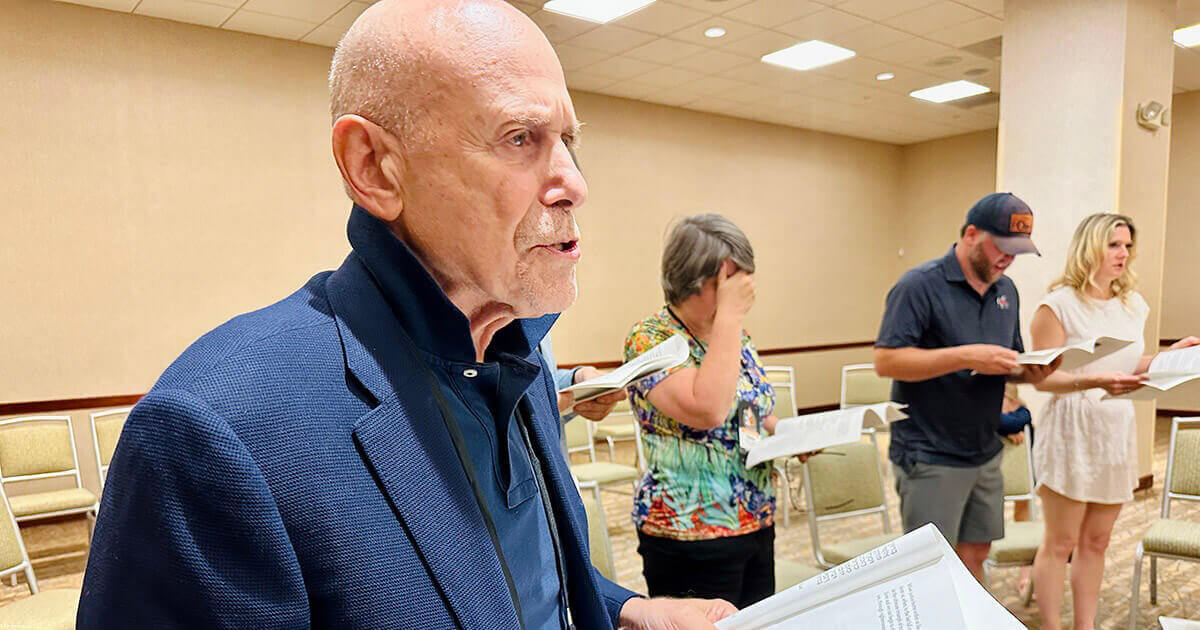When Miami Beach Was Hot, Hot, Hot
THE WONDERS OF AMERICA
As the temperature dips, many of us set our sights on the Bahamas or the Virgin Islands or the Turks and Caicos, whose gentle climes and abundant sunshine promise a respite from the dreariness of winter. Our grandparents and great-grandparents set theirs on Miami Beach, whose population grew by leaps and bounds in the years following World War II.
Isaac Bashevis Singer was among those touting the city’s virtues. “The palm trees especially made a great impression on me,” he wrote in the pages of the Jewish Daily Forward in 1948, introducing his readers to the horticultural delights of Miami Beach. “They are like trees and not like trees.” Singer’s enthusiasm for his new home extended beyond his equally newfound fascination with its flora and fauna. The palm trees “created a mood in me, and maybe in other people, too,” he wrote, referring to the search for pleasure, ease and amiability that defined the city’s streets, beaches and opulent, exuberant hotels. (Singer was also quite taken with Florida’s orange juice, likening it to ambrosia.)
No matter how enticing, the palm trees (and the oranges) weren’t the only thing that drew pleasure-seekers to Miami Beach. More critical, still, was what one longtime resident called the three “A”s: the Army, airplanes and air conditioning. Thousands of Jewish G.I.s, loyal sons of Roxbury, Mass., and Bensonhurst, Brooklyn, first learned of the area’s gifts when stationed in the Sunshine State during World War II. The growth of the nation’s domestic aviation industry in the years following the war further encouraged them to pick up stakes and to settle in the South or, at the very least, to visit frequently. What’s more, the increased availability — and affordability — of air conditioning made possible a full and seemingly unencumbered life lived amid the region’s bouts of intense humidity.
Hotels made much of the blessings of air conditioning, as well as those of the beach, to court would-be vacationers. From its snazzy Art Deco hotels to the swanky, curvaceous Fontainebleau whose architect, Morris Lapidus, was once scorned by his colleagues for his embrace of excess (these days, Lapidus’s work is enjoying a resurgence of popularity), Miami Beach became a much sought-after destination. Miami Beach, hoteliers liked to say, was the “Closest Thing to Paradise We Know.”
Even so, paradise was not without its drawbacks — or limitations. As more and more Jewish vacationers streamed into Miami Beach, the Anti-Defamation League worried lest their presence upset the city’s equilibrium and give rise to antisemitism. Some members of the defense organization’s staff, thinking that a word to the wise might be sufficient, suggested that vacationing Jews be cautioned against congregating on street corners or playing pinochle on the porch on a Sunday.
Others put their faith in more overt forms of persuasion. Taking their cue from Army training films, ADL staffers went so far as to prepare a brief film that offered a series of detailed dos and don’ts, many of them geared especially to women. In language reminiscent of the late 19th century, when aspiring middle-class American Jewish women, eager to belong, urged one another to “cultivate restraint” rather than ostentation, latter-day Jewish women, now bound for Florida, were encouraged to leave their jewelry and furs at home and never, ever, to lower the straps on their bathing suits. “Make this a wonderland,” urged the film’s all-knowing narrator. “Not a blunderland.”
Despite the occasional blunder, Jewish life took root amid the palm trees and orange blossoms of Miami Beach. There, as Deborah Dash Moore writes in her winning account of the city’s history, “To the Golden Cities: Pursuing the American Jewish Dream in Miami and L.A.” (Free Press, 1994), postwar American Jews developed a new style of Jewish identity — carefree, easy-going and highly individualistic. Facing the ocean rather than Zion, they transformed Miami Beach into the promised land.
A message from our editor-in-chief Jodi Rudoren

We're building on 127 years of independent journalism to help you develop deeper connections to what it means to be Jewish today.
With so much at stake for the Jewish people right now — war, rising antisemitism, a high-stakes U.S. presidential election — American Jews depend on the Forward's perspective, integrity and courage.
— Jodi Rudoren, Editor-in-Chief






















